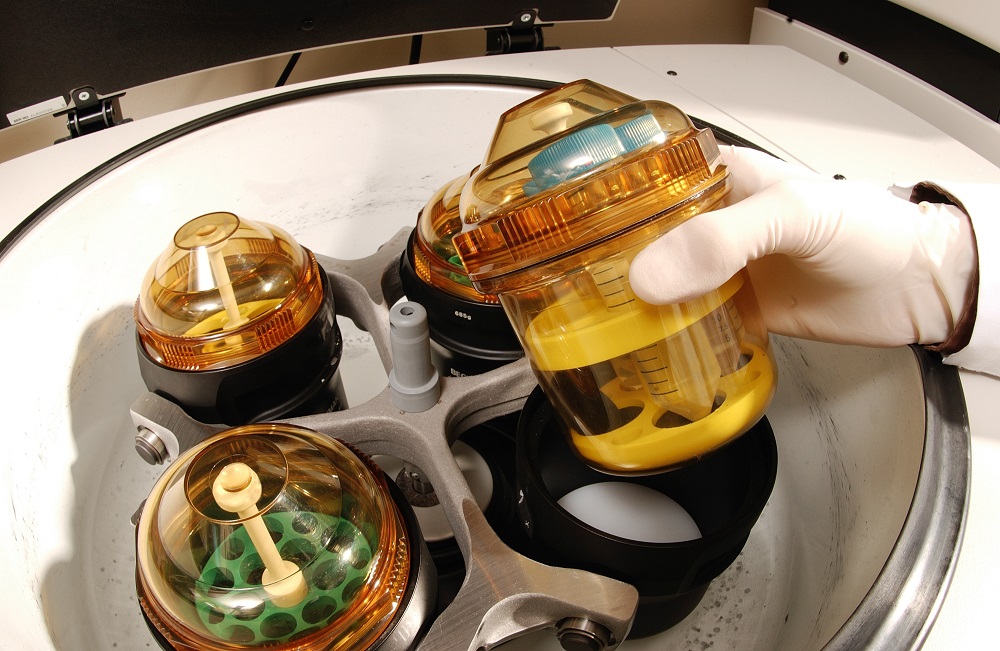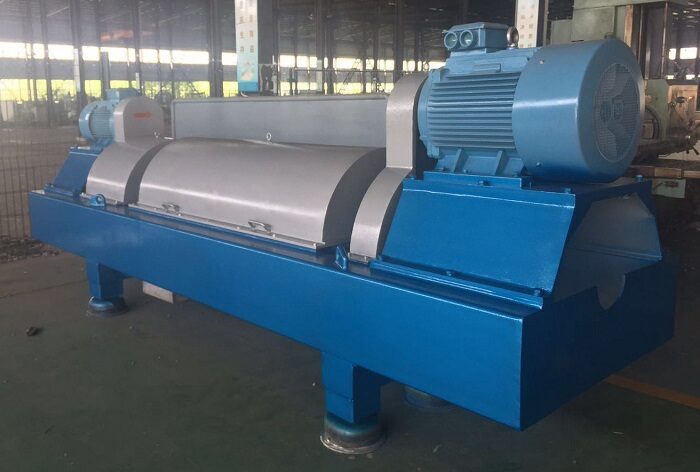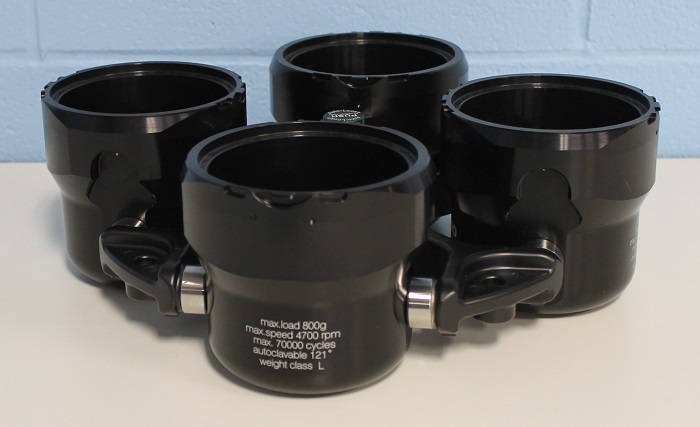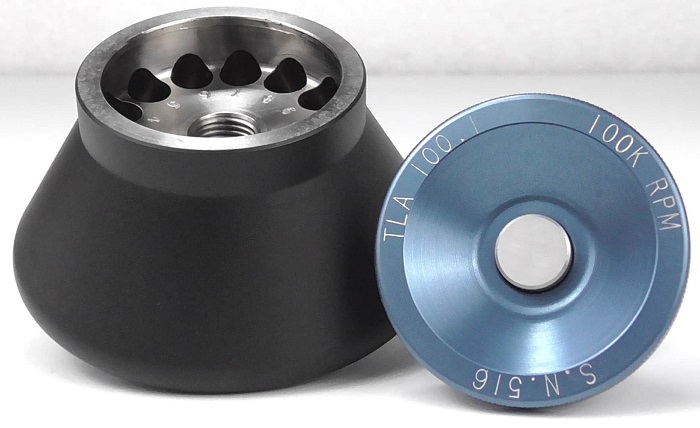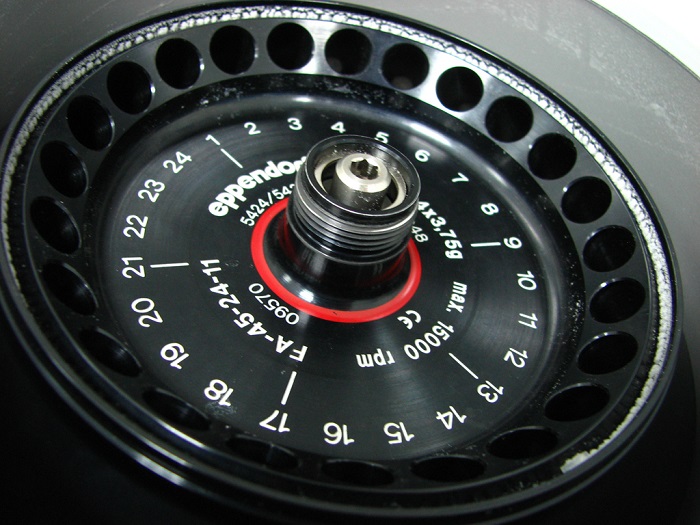Centrifuge rotor types have different functions as well as applications. A centrifuge is a motorized system used in laboratories. Centrifugation is an important method for the separation of micro and macromolecules. With centrifuge rotor types and shapes, we have them in everyday use for biological experiments. With this new article at Linquip, the centrifuge rotor types, the centrifuge operation, its applications as well as its various types will be discussed.
Types of centrifuge
Before explaining the centrifuge rotor types, we need to talk about the types of centrifuge itself. There are different types of a centrifuge. They are either categorized by their design or the rotor type.
The Difference Between Stator and Rotor: The Ultimate Guide!
The microcentrifuge
Micro centrifuges have a small compact benchtop. They are designed for 0.2 ml to 2.0 ml microtubes. Often, when a special rotor is installed for the required capillary tubes, microcentrifuges may also be convertible to a hematocrit centrifuge.
The ultra-centrifuge
The ultra-centrifuge is 100,000 rpm capable. This rate can be reached only by spinning the rotor in a vacuum and cooling the centrifuge. The forces in the samples can reach up to 2,000,000 g in an ultra-centrifuge.
The hematocrit centrifuges
Hematocrit centrifuges are centrifuges for analysis. The principle of working is the same but the samples are much smaller. Thin capillary tubes only produce little blood and is relatively low in powers. The capillary tubes already display the results at the end of centrifugation and no further analysis is needed. The volume percentage of red blood cells in a sample is the so-called hematocrit. The speed ranges from 7,000 rpm to 15,000 rpm for hematocrit centrifuge.
The blood bank centrifuge
Centrifuges are also used by blood banks to centrifuge blood bags from donors using “pure blood” (WB). There are 300 to 500 ml of blood in the blood bags and thus these centrifuges are large and heavy stationary and often refrigerated.
Hand driven manual centrifuges
Man-made centrifuges are not harmless because the tubes are opened without a box that protects the user. They also produce sample aerosol when open tubes are used (infection risk). For other countries, they are not allowed and even banned.
Centrifuge operation
The centrifuge rotor types and the types of centrifuges themselves operate within their principle. With many revolutions per minute, the industrial centrifuge rotates at high speed. The rotation incorporates an inner centripetal force and an outer centrifugal force. This actual centrifugal force is 100 times greater than the gravitational power we experience on the earth. From everyday experience, it is evident that when enough time is available, a heterogeneous solid in liquid mixture separates because of the gravity and contributes to sediment on the container bottom. Within the industrial centrifuge, the same idea applies, but the strong centrifugal force triggers the break in just minutes.
Application of centrifuge
Centrifuge rotor types and all different kinds of centrifuges, on the whole, are applied widely and variously at industrial and laboratory level. Some of the very important applications are as follows:
- A mixture of two miscible liquids can be separated with centrifugation. The approach is also available for researching and analyzing macromolecules and their hydrodynamic properties.
- Centrifuging of several subcellular organelles is considered to play a crucial role in the fractionation. Also, the fractionation of membrane fractions and membranes often involves centrifugation.
- Skimmed milk is a milk product with fewer dissolved fats. The method of centrifugation can provide skimmed milk from regular milk. In this case, the centrifuge separates the fat from the milk, leaving behind the appropriate skimmed milk.
- Cyclonic separation of the particles from their air flows. This technique is extremely helpful when separating proteins, together with other purification techniques. Many methods used include removal of salt, such as precipitation with ammonium sulfate.
- Centrifuges in the field of forensic chemistry are very commonly used. The technique is used to isolate blood from blood samples in this area. Besides, the procedure for extracting urinary components from urine samples is still used in some laboratories.
- Beyond traditional applications, the specialized use of centrifuges extends to craft industries, such as brewing where they play a pivotal role in mastering beer centrifugation. This process significantly elevates both the quality and yield of beer by efficient separation processes.
Three centrifuge rotor types
Three types of centrifuge rotors fall into swing-bucket rotors, fixed-angle rotors, and vertical rotors.
Swinging-bucket rotors
The first of the centrifuge rotor types is swinging bucket rotor which is suitable for the separation with low speeds of large volumes (up to 12 L). There are three parts to a bucket-swing rotor system: 1) the rotor body attains the centrifuge and is fitted with the buckets with four or six arms; 2) the buckets are attached to the rotor body arms, and 3) trunnion pins are used to hold the buckets. additional supplies can be added to modify the rotor for a specific sample format or function. Large-volume rotors, for example, often provide a wide range of adapters (plastic inserts) for the buckets to hold the desired tube size.
Fixed-angle rotors
The most common centrifuge rotor types are fixed-angle rotors. Many are used for simple pelleting (differential separations) purposes, either for pellets from a suspension and for removal of excess waste, or for collecting the pellet. Cavities in these rotors range from 0,2 mL to 1 L with a speed of simple digits to 1,000,000 × g. Generally, the larger the rotor, the less the highest speed. The K factor, which indicates the pellet efficiency of the rotor at high speed, takes into account the maximum and minimum radius for the rotor cave is an important parameter in choosing a fixed-angle rotor. A low K factor implies greater pelleting effectiveness.
Vertical rotors
Vertical rotors are rather specialized — the most frequent use is to band DNA in cesium chloride during ultracentrifugation for the isopycnic separation. Vertical rotors have very small K factors, typically between 5–25, which indicates that only a short distance must be traveled to the pellet and the run time is then decreased. If the vertical rotor is determined to be suitable for use by end-users, the volume and speed are the deciding variables in the rotor.
The History of the Centrifuge
Regardless of centrifuge rotor types, there is a history behind the development of the centrifuge. In 1864, Antonin Prandtl invented the first centrifuge to be used in the dairy industry for the large-scale separation of milk and cream. After Prandtl, the first Swiss doctor and biologist to apply centrifugation in the laboratory was Friedrich Miescher. Miescher successfully separated nucleic acids from the nuclei of white blood cells which was a major step in the discovery of the heritage of DNA.
The centrifuge developed next in the 1920s with the Swedish chemist Theodor Svedberg ‘s development of the ultracentrifuge. It could reach 900,000 g. In 1942, Edward Pickels, the Beams’ graduate student, developed the first vacuum centrifuge electrically driven, capable of achieving speeds of up to 40,000 spins a minute.
In 1954, the plant virologist Myron Brakke, who works in the Brooklyn Botanical Gardens, developed density gradient centrifugation, producing better tissue fractionation reproducible results than previous methods. The first microcentrifuge for use in the lab then was created in 1962 by the German company Netheler and Hinz Medizintechnik.
In 1976, ACHEMA Hettich created the first microprocessor-controlled centrifuge. Then the floor ultracentrifuge was introduced in the 80s by Beckman, and personal centrifuge was introduced by Eppendorf in 2000. Since that time centrifuge technologies have been used for the separation of densities, isotope splitting, aeronautics, and are being continued to be commercially improved.
Increased use of centrifuges has also increased the risk of their use in laboratories and industry. But careful management and knowledge of the application can significantly reduce accidents. If you are interested to know more about centrifuge rotor types, register at Linquip. We are looking forward to having your comments and provide you with the best answers.

